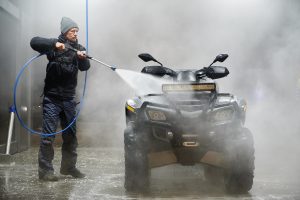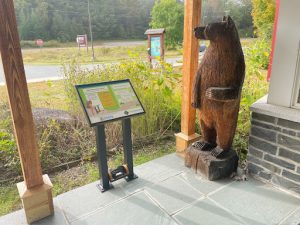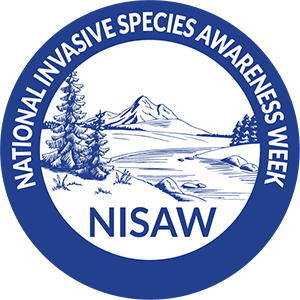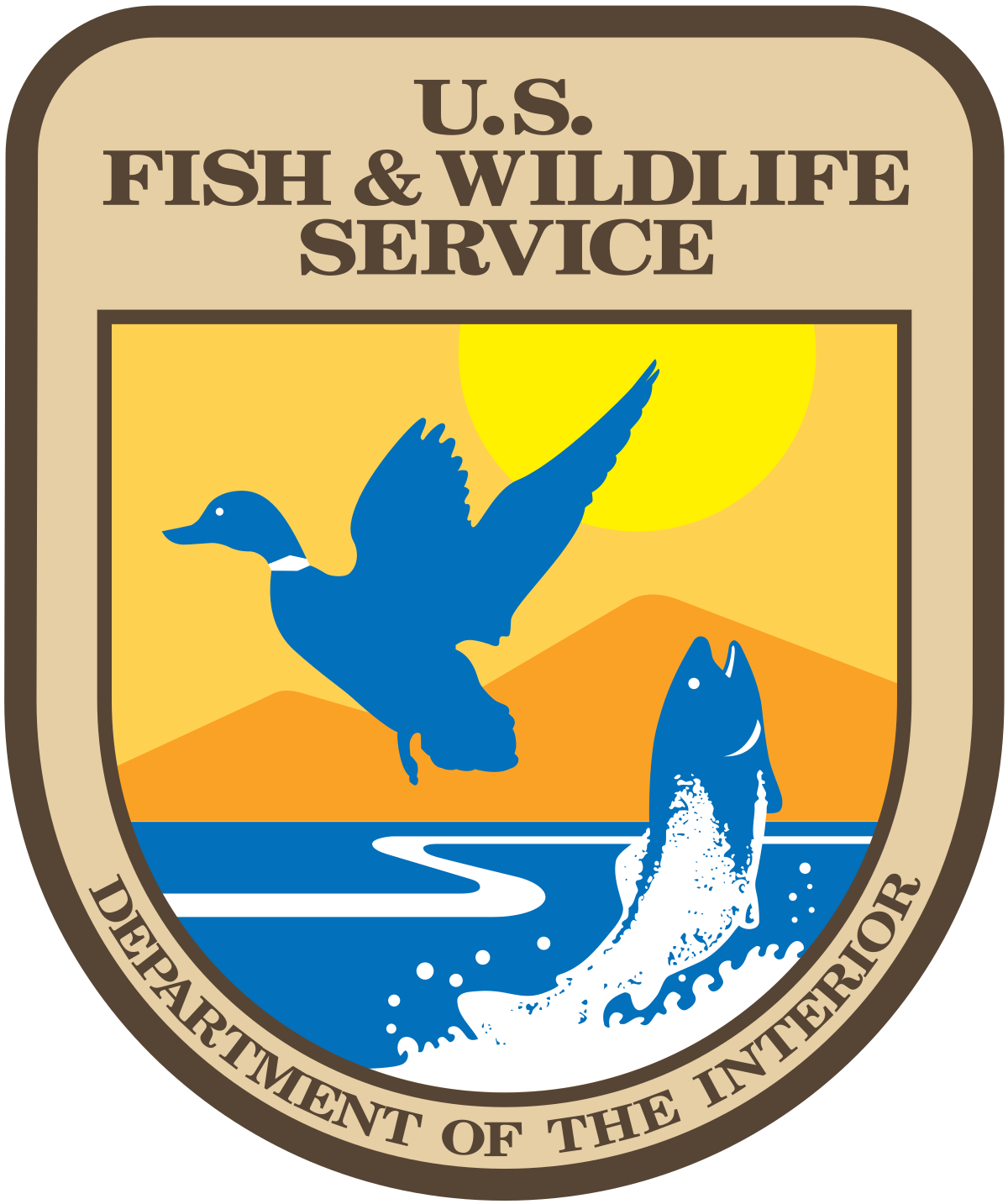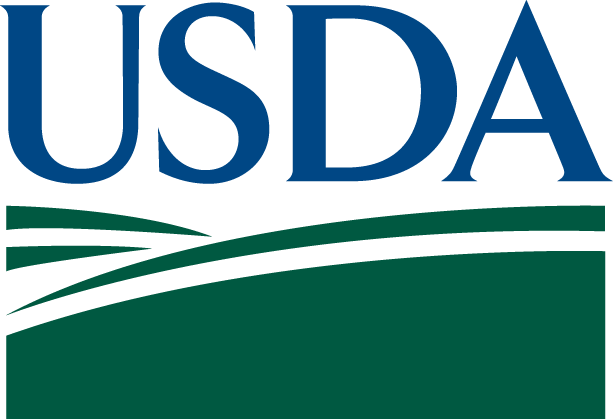What’s ‘bugging’ you? Or what’s invading your space? Seems like a simple question when asked on a personal level. But if someone were to ask about how “invasive species” bug us or our surroundings many of us draw a blank. So let’s talk “Invasive Species 101” and how you can help protect the places you love.
What is an Invasive Species?
An invasive species is a species that is not native to a specific location. Invasive species have a tendency to spread to a degree believed to cause damage to the environment, human economy or human health. Invasive species can be any kind of living organism—an amphibian, plant, insect, fish, fungus, bacteria, or even an organism’s seeds or eggs—that evolved in some other part of the world.
I’m still confused.
You probably are much more familiar with invasive species than you realize, especially if you spend a lot of time admiring plants and animals outdoors or working in your garden.
Invasive species are usually hardier than the vegetables and flowers you’ve planted. They grow quickly, reproduce exponentially, and spread aggressively. Since they are new to a habitat, they don’t have any natural predators. That means there aren’t any species to stop them from taking over an area.
Here are a few invasive species you may have heard of or battled yourself: invasive carp, zebra mussels, kudzu, cogongrass, buckthorn, garlic mustard, spotted lanternfly, and the emerald ash borer. You can learn more about hundreds of invasive species here.
Written by Hannah Bowers
Former Communications & Program Manager, North America Invasive Species Management Association (NAISMA) & PlayCleanGo
featured image of aquatic flowering rush (Butomus umbellatus) by Leslie J. Mehrhoff, University of Connecticut, Bugwood.org


